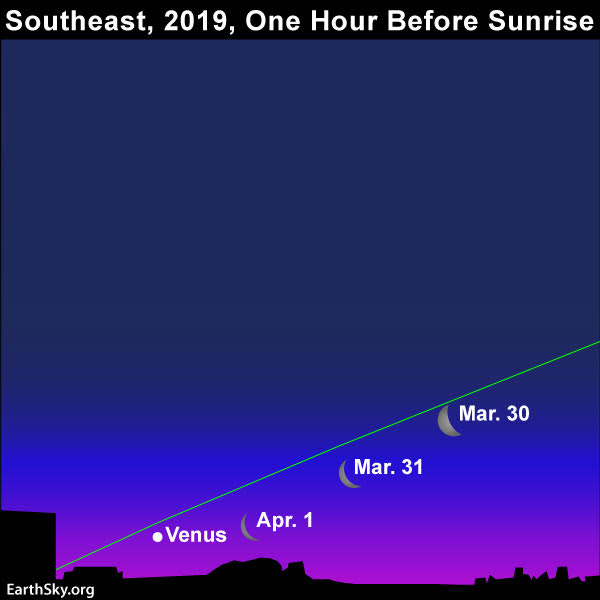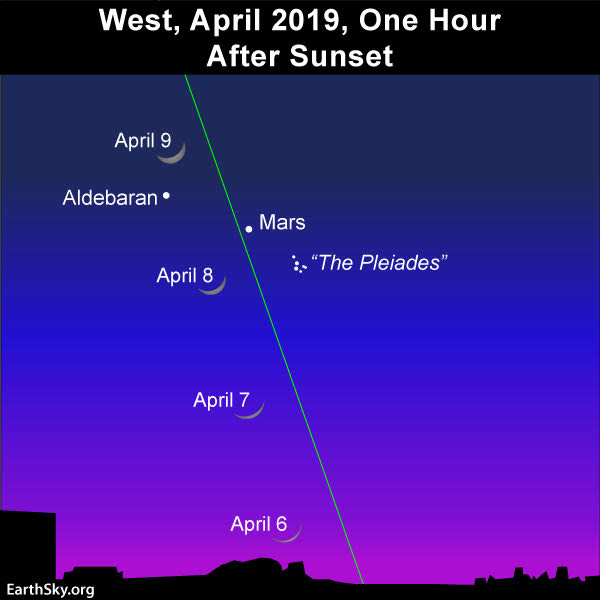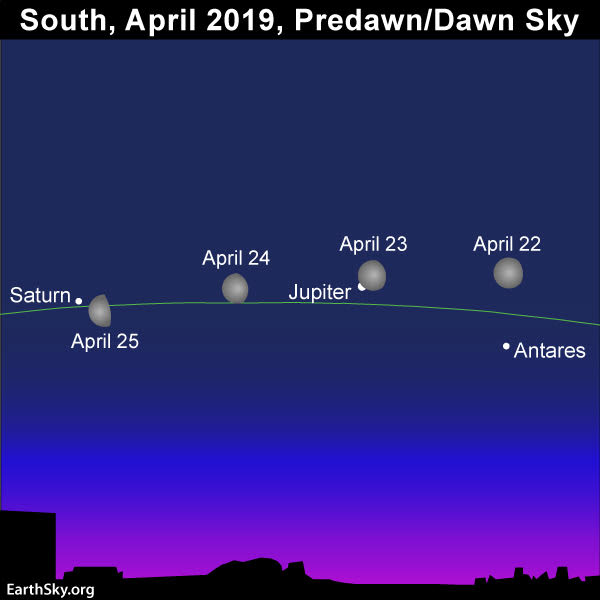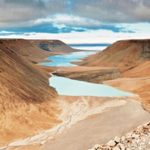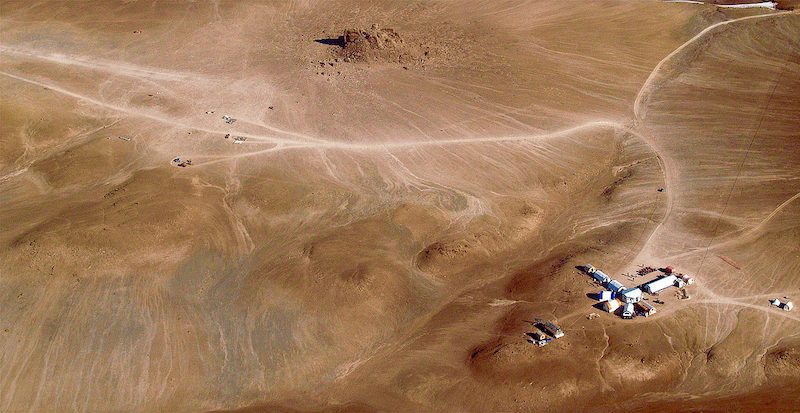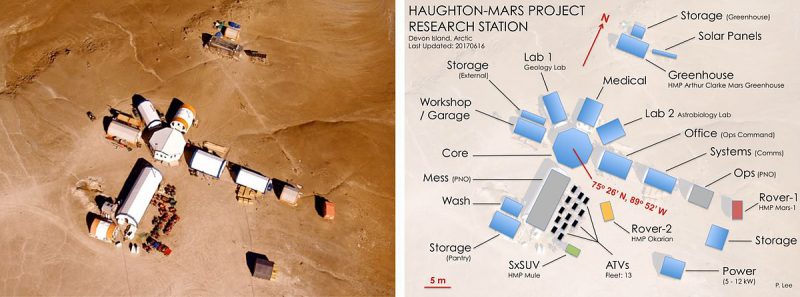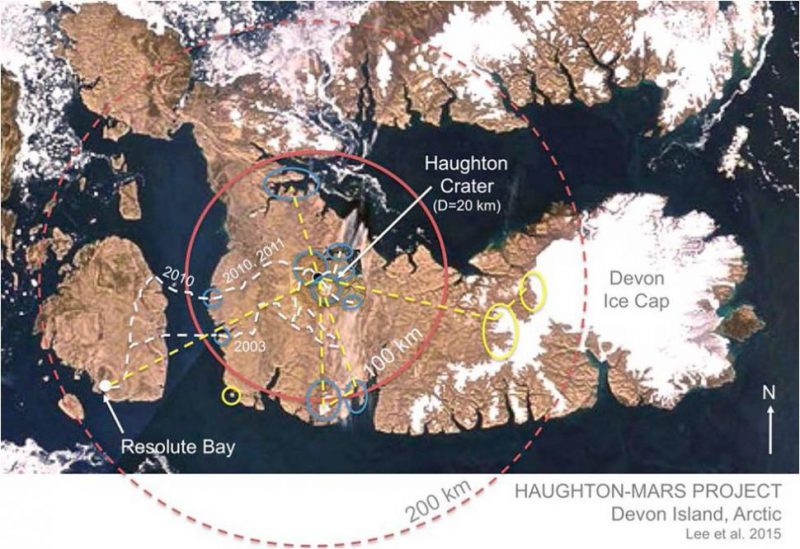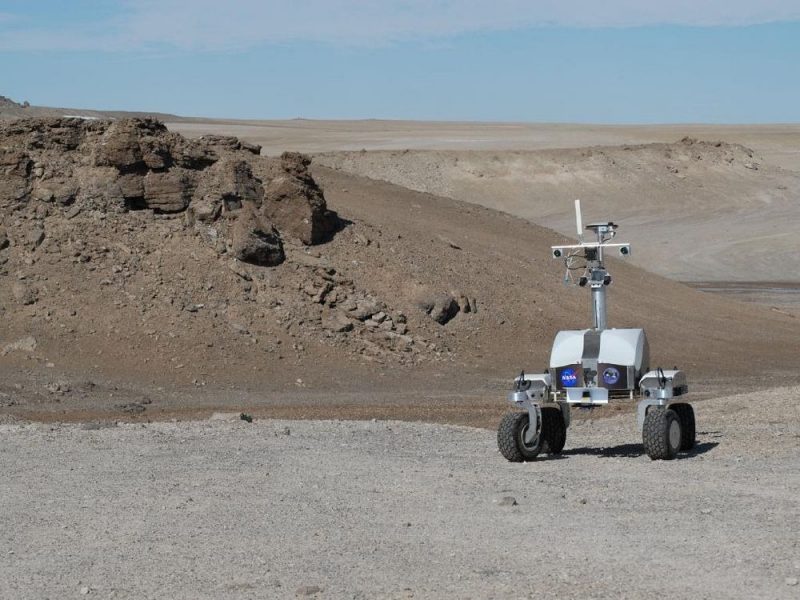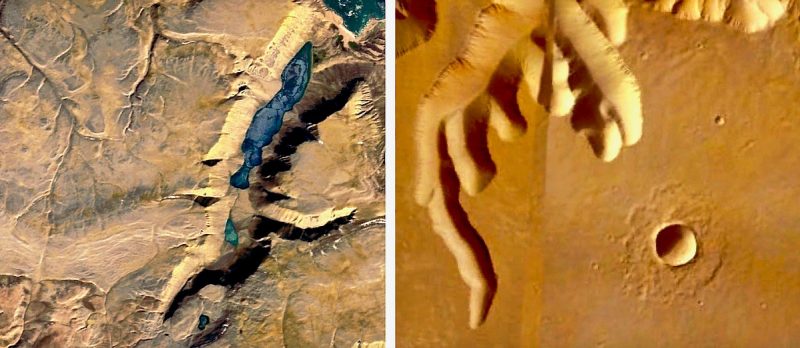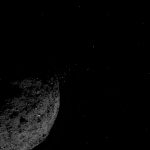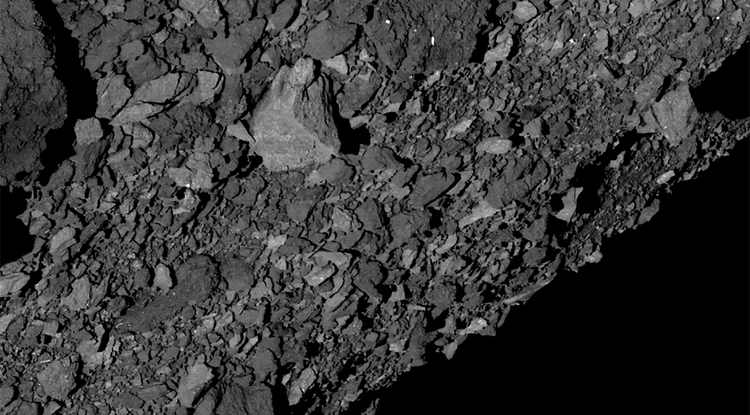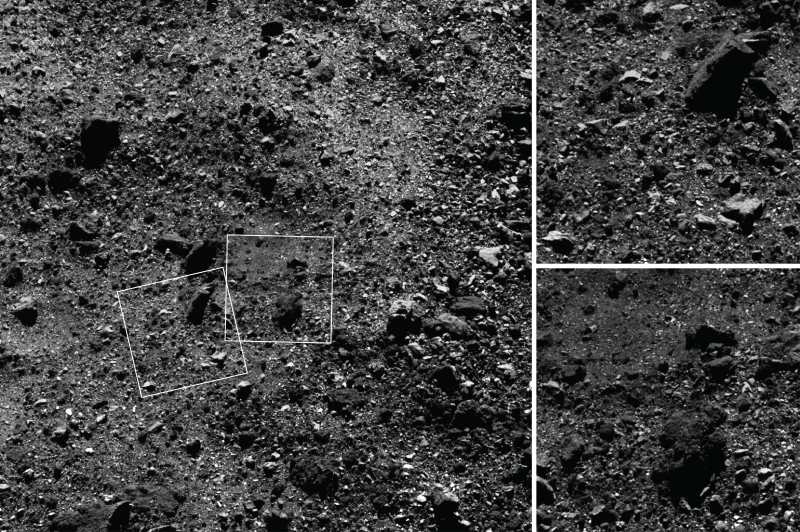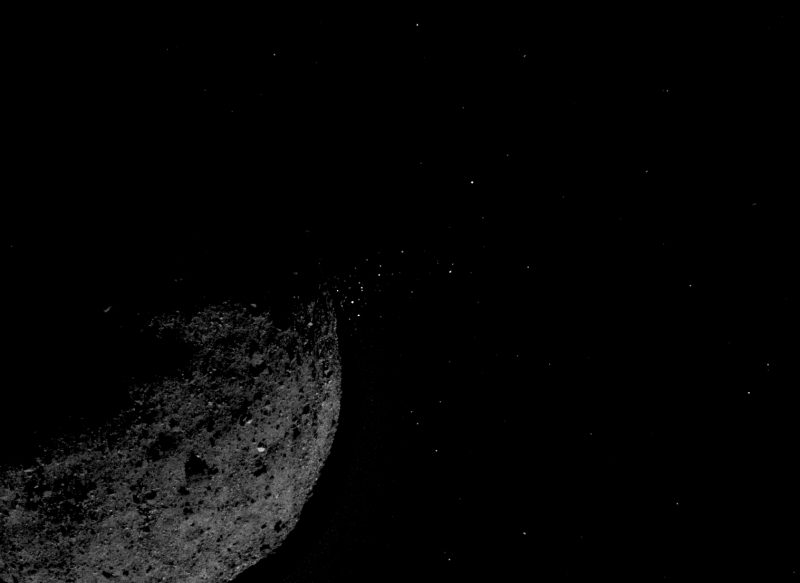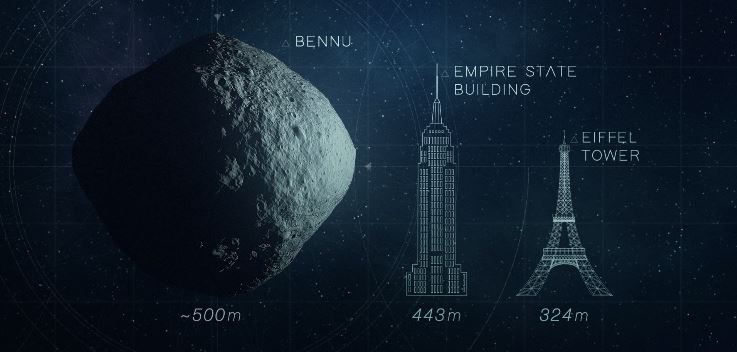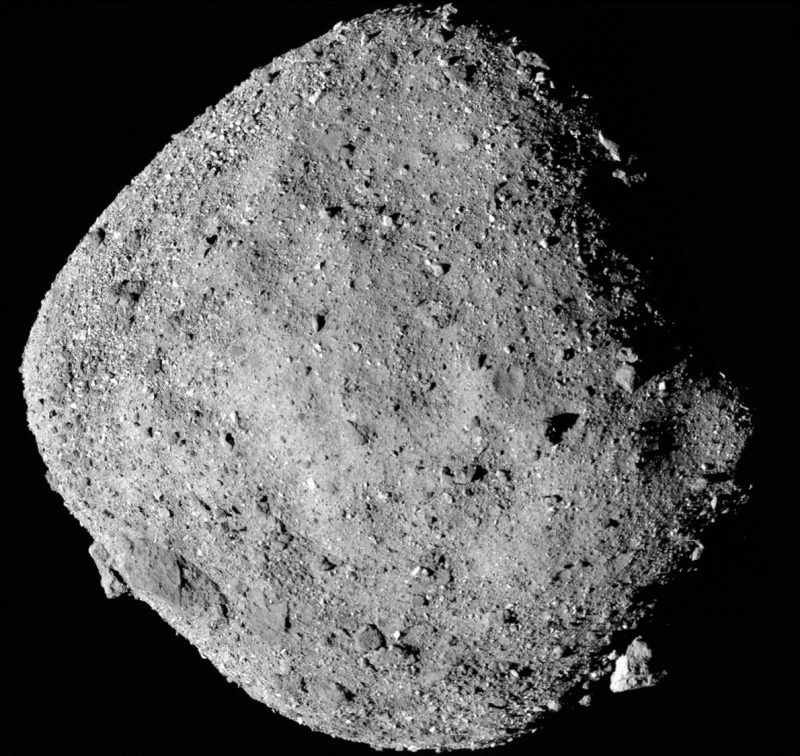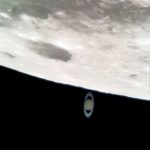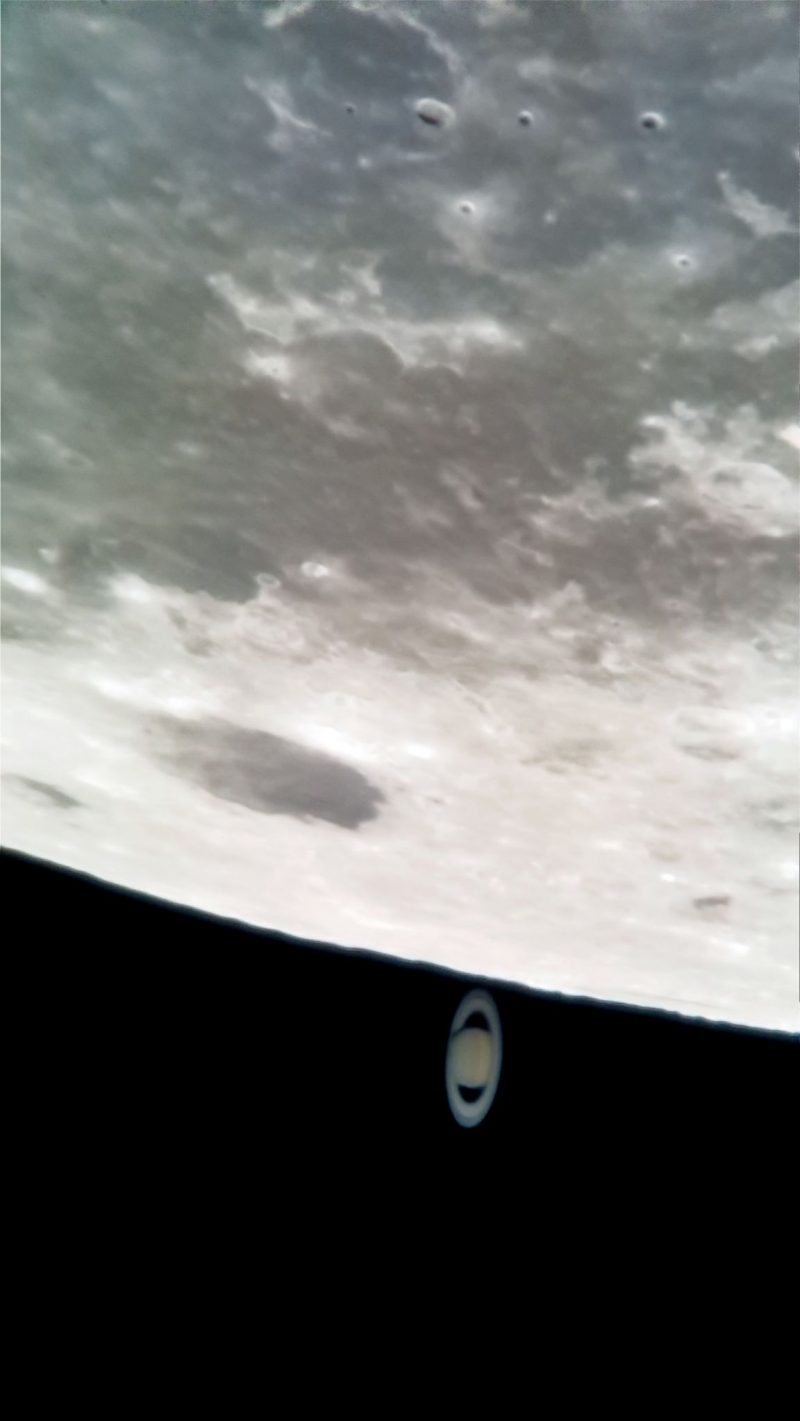Scientists have today revealed that thanks to new radar imaging system, a 20 km-wide asteroid is on a probable collision course with earth and they calculate it has an 85% probability of striking the planet between 23-25 August, 2046. Observers from centers in Chile to Finland have confirmed the observations and are urging governments worldwide to begin efforts to avoid a global catastrophe. The plan is to mobilize industry and research together into an effort to deflect the asteroid before a collision. Briefed earlier in special meetings, the UN has formed an Intergovernmental Panel on Cosmic Catastrophe (IPCC), to consider options and advise governments. The asteroid is of a similar size to that associated with the dinosaur extinction.
Cartoon by John Cook, https://crankyuncles.com/
The plan however has immediately run into opposition from of dozens of retired scientists and bloggers.
“This is just alarmist talk based in computer models. So far there is no solution to the 3-body problem in gravity and this is clearly a much more complicated N-body problem. The system is chaotic and tiny errors in measurement will blow the computer models away” said Prof Al Kaos. He dismissed the accuracy with which solar orbits are determined and navigation of planetary rockets. “The dirty secret is that they are making course corrections all the time. Tell me how Hyperion will look next year before telling me where an asteroid will be in 2046”. Scientists acknowledged some uncertainty but have stuck to their probability estimate.
Uncertainty is always our friend
“There is just so much uncertainty” said Emeritus Prof J Spicey. “Orbital measurements are complex. Telescopes need constant correction and disputes about celestial codes are famous. The critical inclination problem is still not solved and if the public were aware of the controversies concerning analytical and numerical approaches they would be far less likely to spend money on these alarmist proposals.” Blogger, A Wotts, cried FRAUD! "The scientists would make you believe that they have directly observed the asteroid and have simply applied newtonian physics. In fact, the observations have been ‘corrected’ for atmospheric refraction, telescope optics and more recently the expected track was "adjusted" for the influence of Jupiter and Saturn. Just look at the raw data - the asteroid misses by thousands of miles! They are just fiddling the data to push a global liberal agenda."
“All this alarmism depends on gravity” said Dr Richer Limpian “Fundamental to this, is the value of the gravitational constant and there is no resolution to determining its value yet” he said citing https://physicsworld.com/a/gravitational-constant-mystery-deepens-with-new-precision-measurements/ “I don’t think we should be wasting money on these hair-brained schemes until at least this has been sorted out.
Meanwhile the Flat earth society has vigorously campaigned for the disbandment of the IPCC. “All this poppy-cock is based on a fundamentally flawed cosmic model. Once you realize that all those telescopes are mounted on a flat earth, their calculated impact disappears” claimed their spokeswoman. She also expressed her frustration at getting Flat Earth papers published in regular journals. “It’s pal-review and they just throw out anything that would interrupt their nice gravy train”.
It's not bad
Other interests have claimed that a 20 km asteroid wasn’t that bad. “Sure it would be tough on those where it landed, but you know, the earth is mostly ocean and so it will likely just cause a big splash somewhere. Only 0.00001% of earth's area will be directly hit. The suggested IPCC approach and its expense is out of all proportion to the danger. Asteroid impacts are a natural process. Without them we would still be fighting for space with dinosaurs.” Similar sentiments were echoed by Emeritus Prof Hopper who expressed dismay at what he terms "a smear on innocuous orbital bodies akin to attacks on the poor Jews by Hitler." Elaborating, Hopper asserted that "Earth is made of the same materials and without these we could not survive. This asteroid will only add a tiny fraction of additional life-sustaining mass to our home planet and should be welcomed, not feared."
It's too hard
The projected cost of solutions has sparked outrage among some business leaders. “Who is going to pay for all this? Taxpayers that’s who, and businesses who have enough problems without worrying about events in 2046. When we have a strong economy again, then we would support some extra money going into trying to refine the probability of impact but now isn’t the time”. When it was pointed out that time was short, the spokeperson angrily decried the proposals saying it was just government support for select industry sectors like rocketry at the expense of traditional industry. “Besides, there is no real consensus. In an open democracy, more weight should be given to contrarian views like the flat earth people. While I have always thought the earth was round, they do have some good points to make”.
Meanwhile, several prominent scientists including a nobel laureate biologist have noted that no technology was yet available to deflect the asteroid and “since when has spending time and money trying to solve problems ever achieved anything. We would be better off digging some deep caves”.
The usual suspects
President Trump tweeted that the "idea" of an asteroid "was created by and for the Chinese in order to make U.S. manufacturing non-competitive." Speaking to reporters from a putting green at Mar-a-Lago, he said “I think we can be pretty sure it won't hit America, you know, it'll probably be someplace we're better off without—the moon? Kenya? I don't know, I'm not a scientist, but if I were, I wouldn't be saying these crazy things.” Meanwhile, a GOP spokeperson questioned whether it was appropriate for the U.S. government to contribute heavily to a rocket programme when scientists still couldn’t say whether the asteroid would hit the United States. "They can't even be sure it will hit Earth at all."
Dr. Sherfire Idiom, retired, pointed to a new scientific paper suggesting that a large asteroid by itself may have been insufficient to kill the dinosaurs. "Life is resilient, it finds a way. The evidence now shows that a giant asteroid is not an extinction-level event unless there's a combination of factors, such as major climate change, happening at the same time." There was no cause for alarm, he added, "because climate change is a hoax too."
School children went on strike today in support of the IPCC noting that their generation would be the ones dealing with a strike larger than one that possibly ended the dinosaurs.
from Skeptical Science https://ift.tt/2TM0TMr
Scientists have today revealed that thanks to new radar imaging system, a 20 km-wide asteroid is on a probable collision course with earth and they calculate it has an 85% probability of striking the planet between 23-25 August, 2046. Observers from centers in Chile to Finland have confirmed the observations and are urging governments worldwide to begin efforts to avoid a global catastrophe. The plan is to mobilize industry and research together into an effort to deflect the asteroid before a collision. Briefed earlier in special meetings, the UN has formed an Intergovernmental Panel on Cosmic Catastrophe (IPCC), to consider options and advise governments. The asteroid is of a similar size to that associated with the dinosaur extinction.

Cartoon by John Cook, https://crankyuncles.com/
The plan however has immediately run into opposition from of dozens of retired scientists and bloggers.
“This is just alarmist talk based in computer models. So far there is no solution to the 3-body problem in gravity and this is clearly a much more complicated N-body problem. The system is chaotic and tiny errors in measurement will blow the computer models away” said Prof Al Kaos. He dismissed the accuracy with which solar orbits are determined and navigation of planetary rockets. “The dirty secret is that they are making course corrections all the time. Tell me how Hyperion will look next year before telling me where an asteroid will be in 2046”. Scientists acknowledged some uncertainty but have stuck to their probability estimate.
Uncertainty is always our friend
“There is just so much uncertainty” said Emeritus Prof J Spicey. “Orbital measurements are complex. Telescopes need constant correction and disputes about celestial codes are famous. The critical inclination problem is still not solved and if the public were aware of the controversies concerning analytical and numerical approaches they would be far less likely to spend money on these alarmist proposals.” Blogger, A Wotts, cried FRAUD! "The scientists would make you believe that they have directly observed the asteroid and have simply applied newtonian physics. In fact, the observations have been ‘corrected’ for atmospheric refraction, telescope optics and more recently the expected track was "adjusted" for the influence of Jupiter and Saturn. Just look at the raw data - the asteroid misses by thousands of miles! They are just fiddling the data to push a global liberal agenda."
“All this alarmism depends on gravity” said Dr Richer Limpian “Fundamental to this, is the value of the gravitational constant and there is no resolution to determining its value yet” he said citing https://physicsworld.com/a/gravitational-constant-mystery-deepens-with-new-precision-measurements/ “I don’t think we should be wasting money on these hair-brained schemes until at least this has been sorted out.
Meanwhile the Flat earth society has vigorously campaigned for the disbandment of the IPCC. “All this poppy-cock is based on a fundamentally flawed cosmic model. Once you realize that all those telescopes are mounted on a flat earth, their calculated impact disappears” claimed their spokeswoman. She also expressed her frustration at getting Flat Earth papers published in regular journals. “It’s pal-review and they just throw out anything that would interrupt their nice gravy train”.
It's not bad
Other interests have claimed that a 20 km asteroid wasn’t that bad. “Sure it would be tough on those where it landed, but you know, the earth is mostly ocean and so it will likely just cause a big splash somewhere. Only 0.00001% of earth's area will be directly hit. The suggested IPCC approach and its expense is out of all proportion to the danger. Asteroid impacts are a natural process. Without them we would still be fighting for space with dinosaurs.” Similar sentiments were echoed by Emeritus Prof Hopper who expressed dismay at what he terms "a smear on innocuous orbital bodies akin to attacks on the poor Jews by Hitler." Elaborating, Hopper asserted that "Earth is made of the same materials and without these we could not survive. This asteroid will only add a tiny fraction of additional life-sustaining mass to our home planet and should be welcomed, not feared."
It's too hard
The projected cost of solutions has sparked outrage among some business leaders. “Who is going to pay for all this? Taxpayers that’s who, and businesses who have enough problems without worrying about events in 2046. When we have a strong economy again, then we would support some extra money going into trying to refine the probability of impact but now isn’t the time”. When it was pointed out that time was short, the spokeperson angrily decried the proposals saying it was just government support for select industry sectors like rocketry at the expense of traditional industry. “Besides, there is no real consensus. In an open democracy, more weight should be given to contrarian views like the flat earth people. While I have always thought the earth was round, they do have some good points to make”.
Meanwhile, several prominent scientists including a nobel laureate biologist have noted that no technology was yet available to deflect the asteroid and “since when has spending time and money trying to solve problems ever achieved anything. We would be better off digging some deep caves”.
The usual suspects
President Trump tweeted that the "idea" of an asteroid "was created by and for the Chinese in order to make U.S. manufacturing non-competitive." Speaking to reporters from a putting green at Mar-a-Lago, he said “I think we can be pretty sure it won't hit America, you know, it'll probably be someplace we're better off without—the moon? Kenya? I don't know, I'm not a scientist, but if I were, I wouldn't be saying these crazy things.” Meanwhile, a GOP spokeperson questioned whether it was appropriate for the U.S. government to contribute heavily to a rocket programme when scientists still couldn’t say whether the asteroid would hit the United States. "They can't even be sure it will hit Earth at all."
Dr. Sherfire Idiom, retired, pointed to a new scientific paper suggesting that a large asteroid by itself may have been insufficient to kill the dinosaurs. "Life is resilient, it finds a way. The evidence now shows that a giant asteroid is not an extinction-level event unless there's a combination of factors, such as major climate change, happening at the same time." There was no cause for alarm, he added, "because climate change is a hoax too."
School children went on strike today in support of the IPCC noting that their generation would be the ones dealing with a strike larger than one that possibly ended the dinosaurs.
from Skeptical Science https://ift.tt/2TM0TMr

